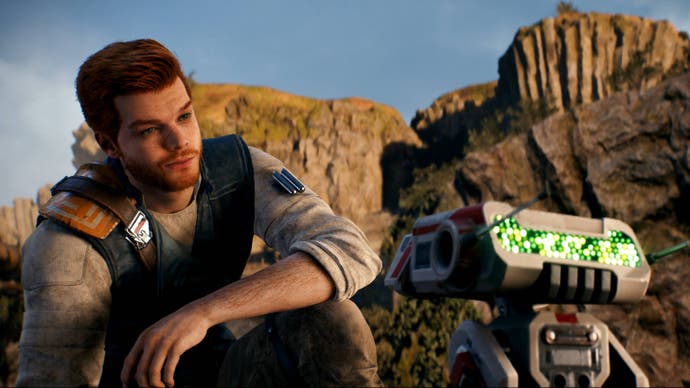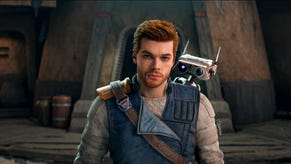Star Wars Jedi: Survivor review - hit-and-miss action with the warmest of hearts
Generic Kenobi!
It's easy to think of Star Wars Jedi: Survivor in terms of its predecessor. Jedi: Fallen Order was broadly thought of as a good game with a few snags holding it back, namely a few disruptive technical issues, an incomprehensible map, and an overreliance on backtracking through lengthy platform sequences (not helped by, you know, the incomprehensible map). Fix those, you reckon, and there's probably a very good game here.
Mostly, Jedi: Survivor has fixed all that. Or at least patched it up. There's much less backtracking this time, thanks to new and plentiful fast travel points. The map is clearer, since sacrificing the Star Wars-iness of the last game's flickering holo effects for this one's more opaque visual helps a fair bit. And the technical issues are less catastrophic, although things can still get pretty rough at the seams - think hands, hair, and various items regularly clipping through surfaces, and some frantic pop-in and cloak-flapping when coming in and out of cutscenes. Plus one hard crash - but broadly, those gripes have been tended to.
On top of that, Jedi: Survivor's systems have expanded beyond Fallen Order's. Instead of adding a few potted plants to Cal Kestis' ship, after you've collected their seeds from the wild, you now have an entire roof garden on the new planet, Koboh, that you can pootle about with. Instead of new people you meet during the story joining you on the ship as major characters, NPCs will now be recruited to Greeze's Koboh bar, Pyloon Saloon. There's a new mini-game, a kind of highly simplified auto-chess battler, where you can deploy units that you'd defeated in battle and scanned with your lovable droid, BD-1, to unlock them.
If I were feeling really miserable I'd call this stuff filler, but it isn't quite. These are things that were already in Fallen Order that have had their little corners expanded: we already collected seeds and scanned enemies and had a little hub, of sorts, on the Mantis. You can see how they came to be - it's a direct sequel, the team at Respawn has a lot of the foundations already in place, so now they have time to expand on the little things, so might as well. Again, that's a recipe for bloat, but more importantly Jedi: Survivor, you'll discover, is a game about finding small ways to make a life under the Empire's oppression, and these little homely touches play into that. I might work through the last few opponents of the minigame - I am a sucker for miniature tactics - and I really could not have less interest in fumbling about with arranging space plants on a grid, but there's something sweet about their presence, which strikes at what Fallen Order and more prominently, Jedi: Survivor really are.
Jedi: Survivor is an endearingly sentimental game. Cameron Monaghan, Cal Kestis' voice actor and likeness, felt like such a strange casting choice in Fallen Order, but as he's developed here you can see much more of the reasoning - and much more payoff for it. Kestis is really a pseudo-Anakin Skywalker, an orphaned late teen with a little too much emotion, but in Survivor he's developed into more of a stand-in for every Jedi.
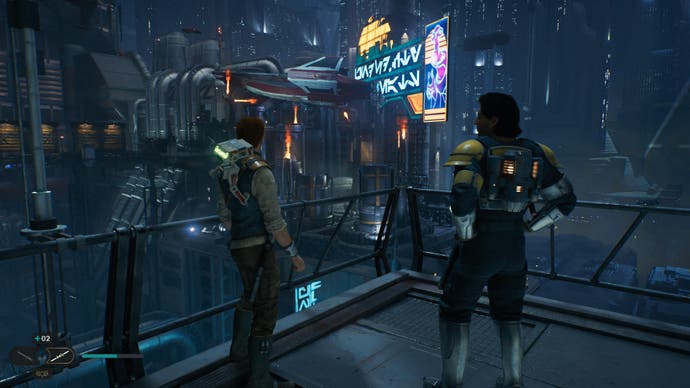
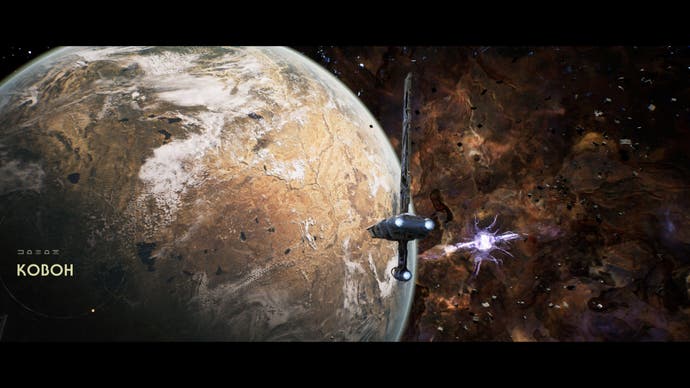
At it's best, Jedi: Survivor uses Cal as an example: here's what every Jedi must wrestle with in an Empire-dominated world. Familiar themes return - loss, anger, obsession, power and powerlessness - and they do so in the familiarly broad strokes of Star Wars lore, but they're potent ones. And Monaghan has such curiously clean, boyish looks, and Cal is so earnestly written, I can't help but feel a little charmed. There's a sense of the long arm of Disney maybe creeping in here - naturally Star Wars has been more overtly "brand safe" since that takeover, despite the inclusion of casual, if bloodless limb-lopping to Jedi: Survivor's combat and, shock, actual romance - but in this particular case it suits.
Combat and action, of course, is where Jedi: Survivor's had its biggest expansion. Cal's gone from two-and-a-half to a whopping five fighting styles this time - the single and double blades from the first game, plus a full fleshing-out of dual-wielding and the two new ones: a Kylo Ren-style crossguard greatsword, and a blaster-and-lightsaber combo mode.

Being honest, I cannot tell you how disappointing it is to watch Respawn contrive to add a gun to a game that doesn't need one, and that's backed up by the lacklustre way it's been added. You can mash Triangle to shoot, hold it to shoot a bigger blast, do a little shoot-and-parry thing or perform a special move reminiscent of a watered-down Auto Pistol from Titanfall. It feels fine, and also completely pointless. At best it's representative of the smack-on-the-nose approach to the notion of Jedi as wandering cowboys - Koboh is a wild west inspired planet complete with treasure-seeking prospectors, southern drawls, rideable mounts and cheesy thumb-in-the-belt faceoffs outside saloons - which is clearly being done playfully, but still doesn't make the blaster necessary. We had this conversation in Revenge of the Sith - "so uncivilised," and all that - and bearing in mind you can lob an actual laser sword at someone's head using space magic, even if you set aside the "old ways" of the Jedi, as Survivor often encourages Cal to do, the pew pew pews will always feel relentlessly naff.
This also plays into the other half of Jedi: Survivor's pitching of Cal as the every-Jedi. As Edwin put it so brilliantly already, at its best Star Wars uses the fighting styles of its Force-sensitives as character in action, or even character development as it happens. By giving Cal a full five styles, plus a widened range of Force moves, like confusing enemies into attacking one another, the occasional predetermined mind trick and a fairly rudimentary pick up, put back down attack, his character's been lost in the noise.

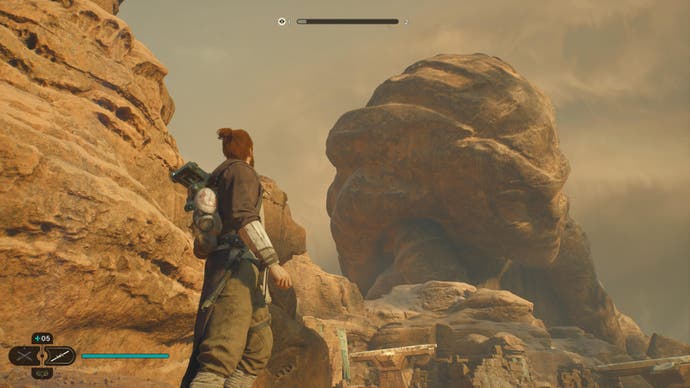
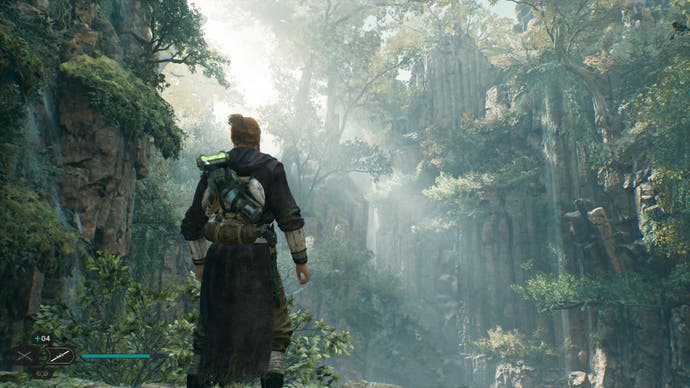
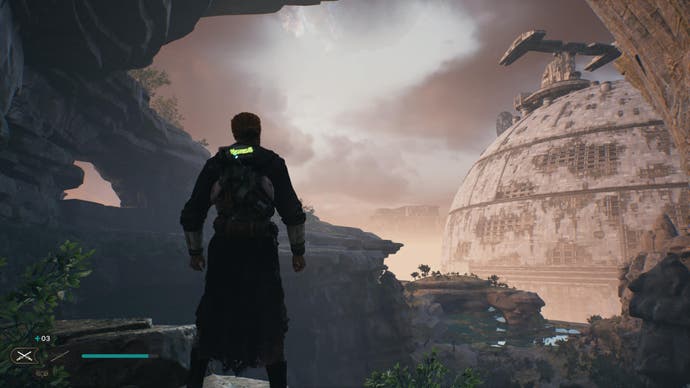
You can see the tradeoff in action here, and I'm genuinely sympathetic to Respawn's dilemma. Fundamentally the fun of these new Jedi entries is their nature as these kinds of supermarket games - the broad, play-as-you-like action-adventure games with RPG elements, that are eminently enjoyable and absolutely have their place, being accessible and filled with choice. But there's no specialisation here and so no conviction, and no real, special magic that comes with it.
This, more than the nitpicks about its map or the sense that you were whacking enemies with a fluorescent lighting tube rather than a laser sword before Respawn added dismemberment, is this Jedi series' real problem. These are third-person action-adventure games centred around sword combat, boss fights, stagger gauges and execution blows, with plenty of metroidvania platforming thrown in too. But they also released into a post-Sekiro, post-God of War world.
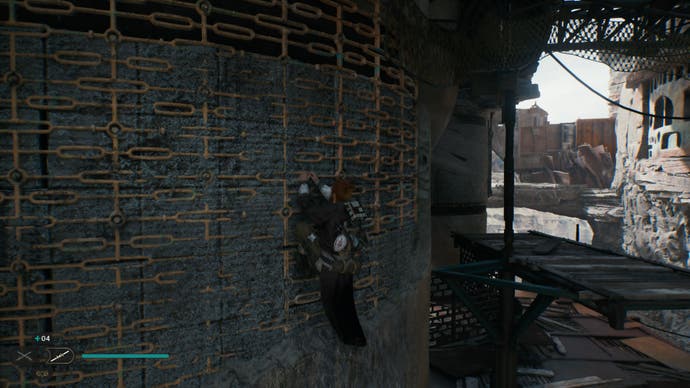
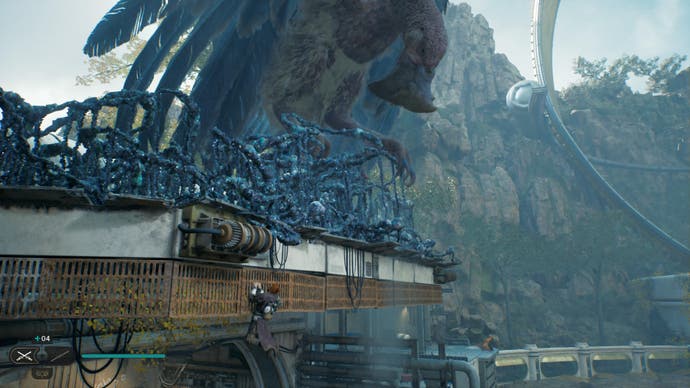
As much as those games might sell themselves on their difficulty or their polish, what they really ride on is two very distinct ideas of how to tackle melee combat, executed to absolute world-leading standards. To massively simplify things, at Sekiro's end you have a demand for absolute precision and intention in how you play, at the expense of animation flourishes or forgiving targeting, with the goal of making you feel flimsy but deadly, a tiny, lethal ninja. At God of War's end it's about power: massive effects, auto-targeting enemies, and entire systems tuned for maximum satisfaction. Jedi: Survivor, and Fallen Order before it, sit almost precisely between the two - again aiming to capture as broad a range as possible. Too broad.
Compare it with those games for results: occasionally (or often, if you're better than me, which is likely) in Jedi you will land a perfect parry or dodge. In God of War the entire game around you slows, warps, and your shield returns the blow with some almighty elastic snap. In Sekiro a parry is a small chip on the enemy's stance gauge - the real health bar of Sekiro - one of a dozen rapid, immaculately-timed strikes you might have to land just right. In Jedi a parry feels… okay? Its red circle finisher moves don't always actually trigger a finisher - some standard enemies take several - and breaking a foe's stance just leads to a small window to land a few lightsaber whacks. (I should say: I learned all this from reading Jason De Heras' own excellent blog - the combat design director on Fallen Order and Survivor. I have no doubt Respawn knows this stuff and has thought about it in real depth.)

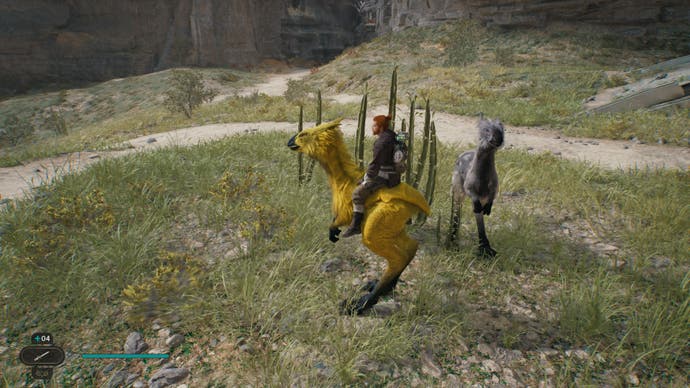
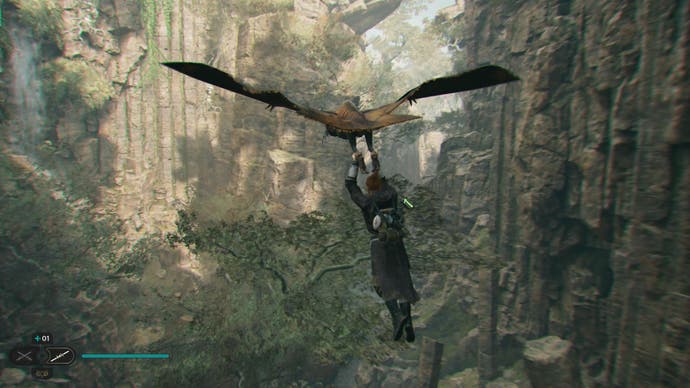
The long and the short of it is Jedi: Survivor's combat is neither here nor there, neither satisfaction by explosive power fantasy feedback nor by the fantasy of precise personal competency in the face of terrible odds. Combine it with the magpie approach to design too - the platforming, the gardening, the settlement building and the all-new shops to spend collectibles - and it's a disappointing picture. Especially when those collectibles, with the lightsaber colours and stances handed out to you by default, rather than as the most exciting discoveries you might make as reward for exploring, just don't pop in the same ways as Fallen Order.
But - and a big but, I can't emphasise this enough - Star Wars: Jedi Survivor remains fundamentally really fun. Cal's platforming skills expand even more, and Jedi: Survivor's set pieces have become even more elaborate. There's a whiff of Force Unleashed at times, with the angsty but wonderfully over the top sense of action and melodrama. It is always enjoyable to ping yourself around runnable walls and ziplines and now grapple hooks (I know) like a human pinball. It is much more desirable that Star Wars games have a little goofiness, from genuinely funny companions like Greeze to the sheer amount of Jedi Suspension of Disbelief you have to harness throughout, than it is that they become too self-serious or stoic. UItimately this is the almost impossible tradeoff Respawn has with Star Wars: Jedi Survivor. Its lack of focus is what holds it back - and also what makes it such a blast.
